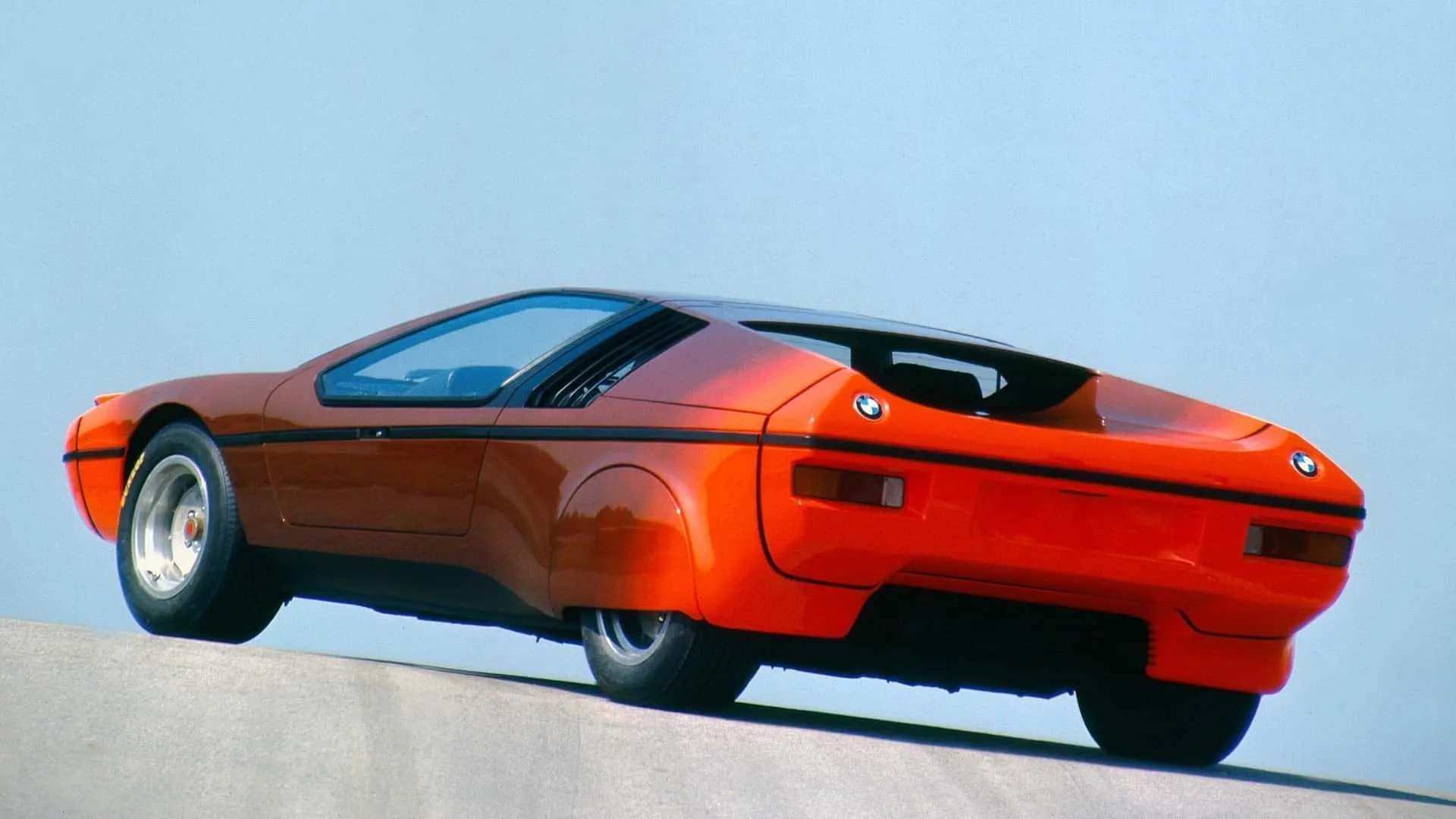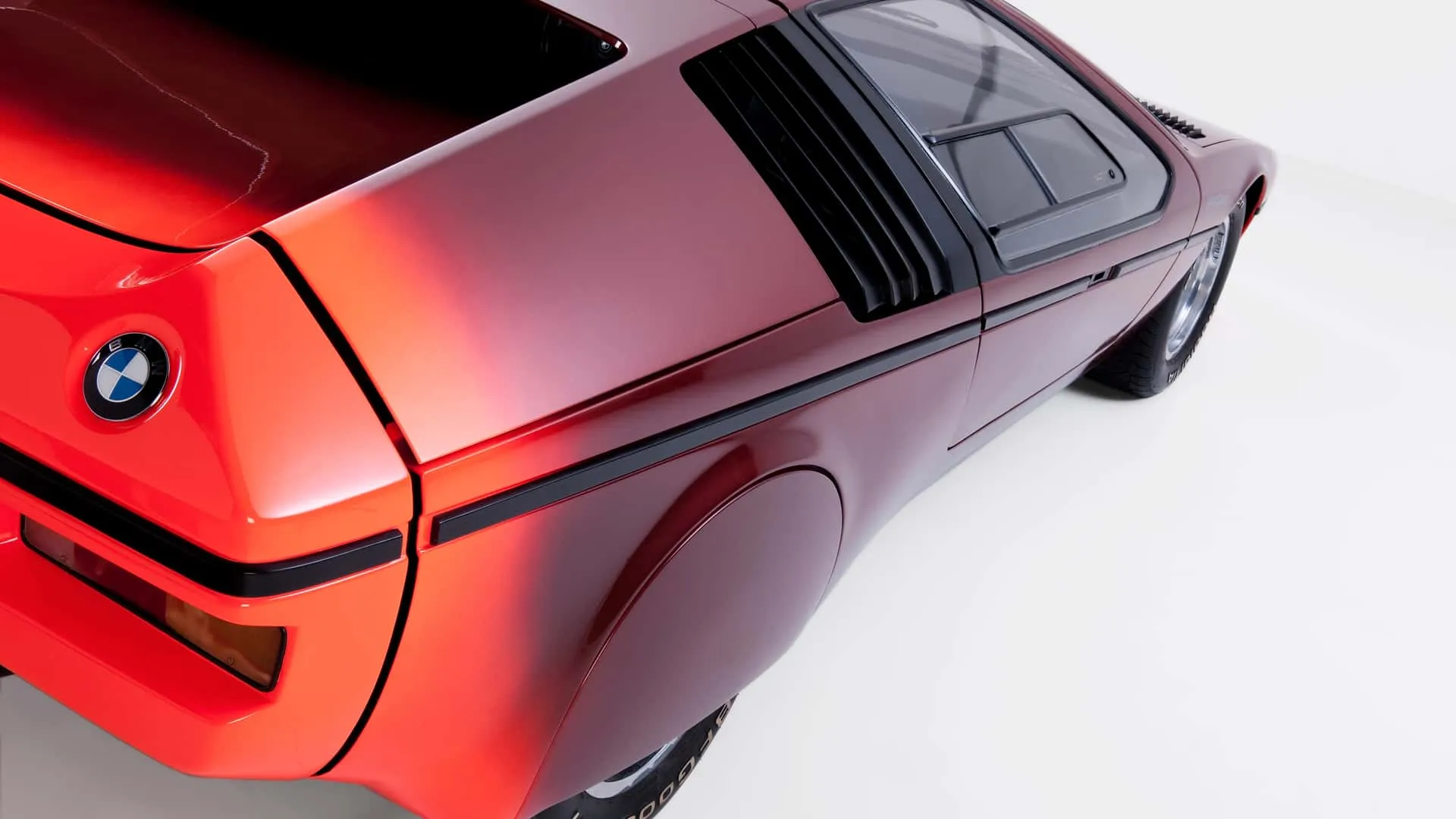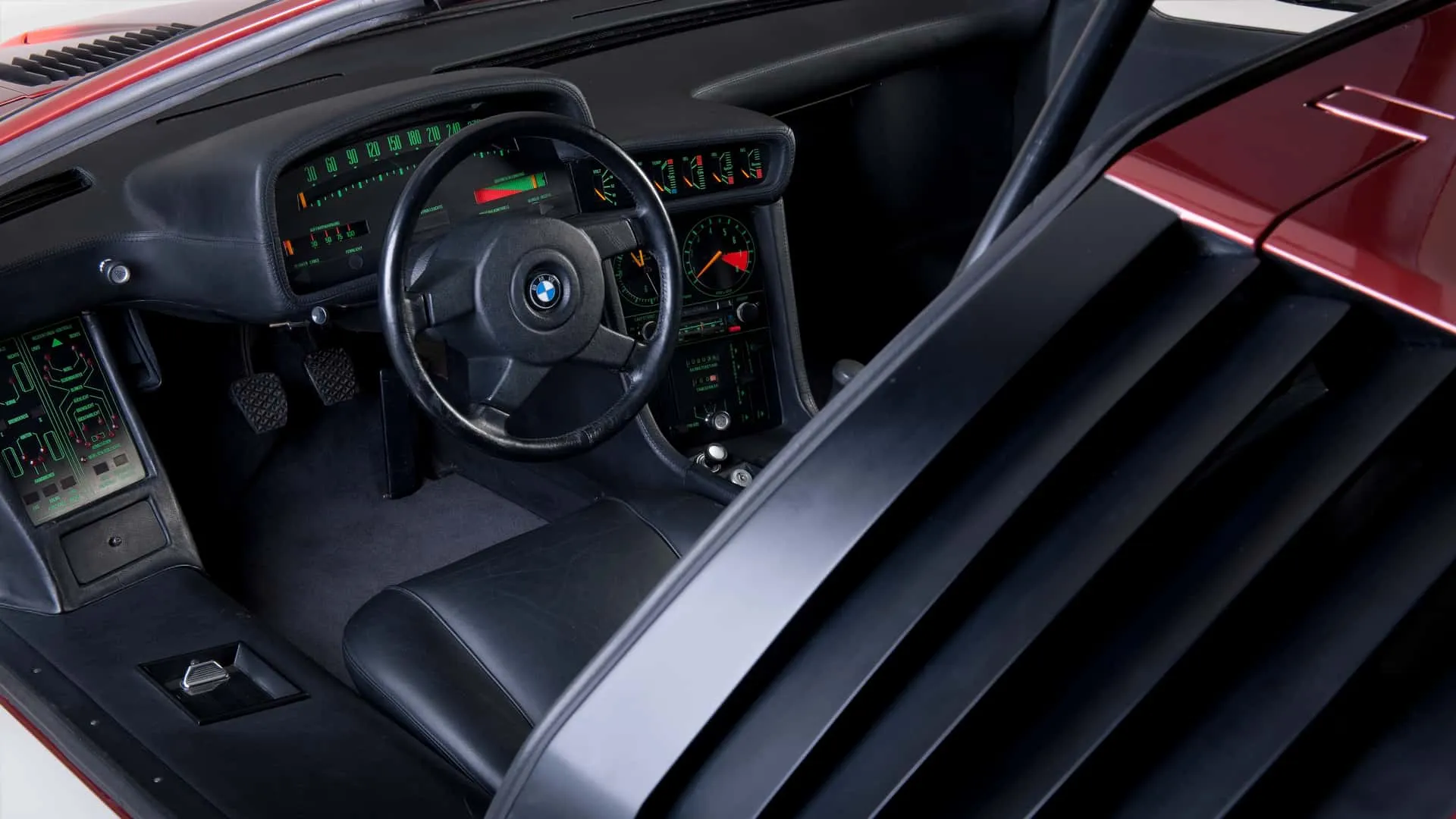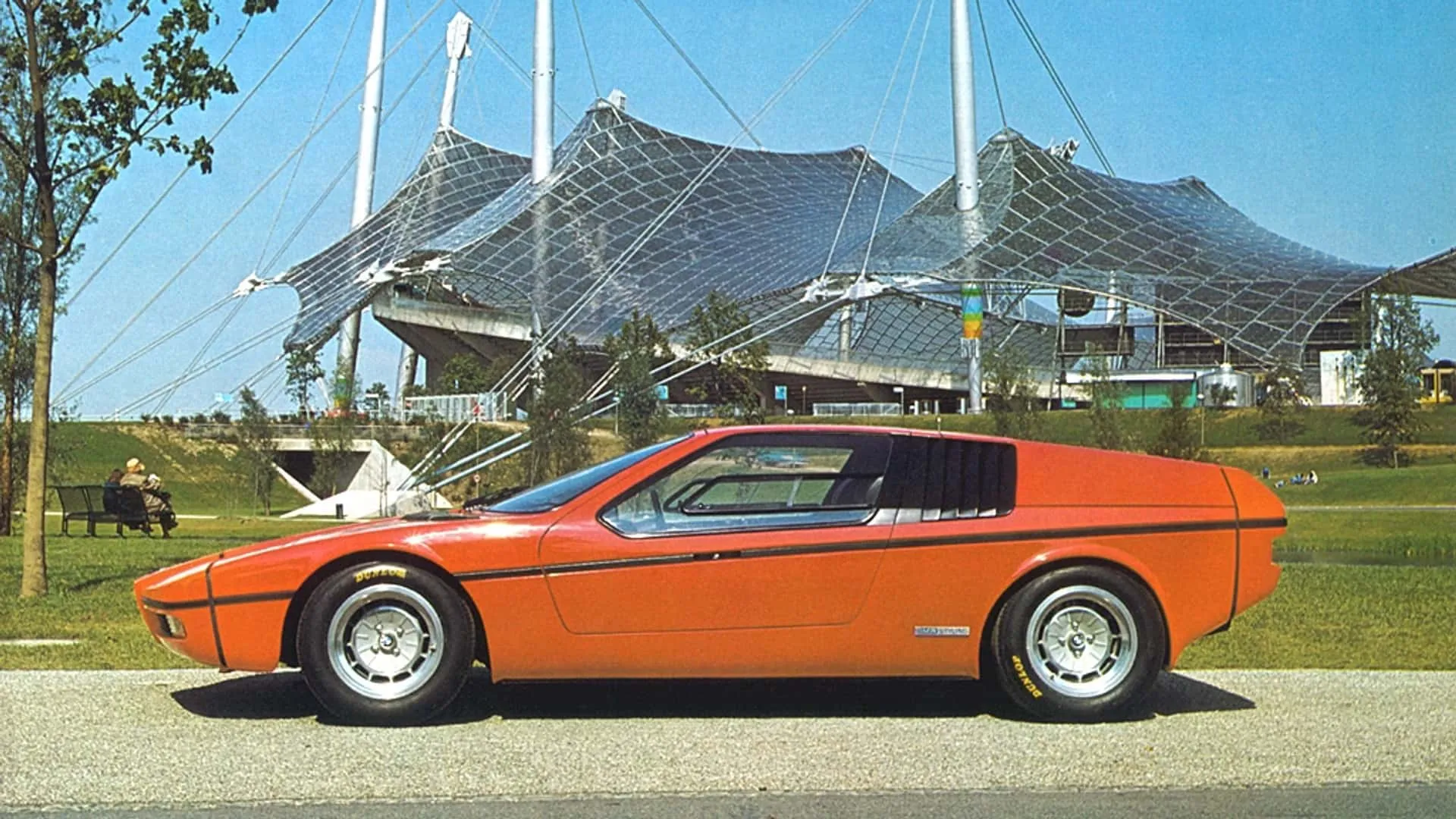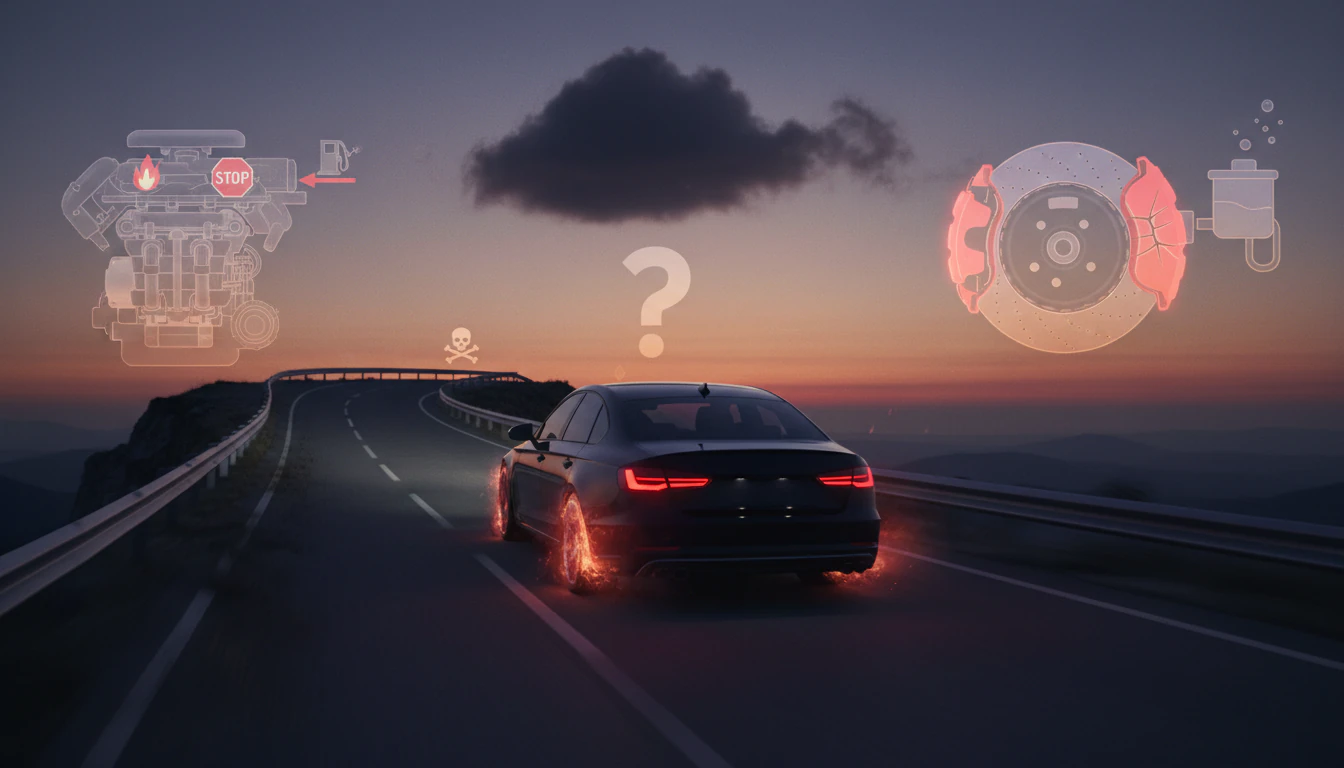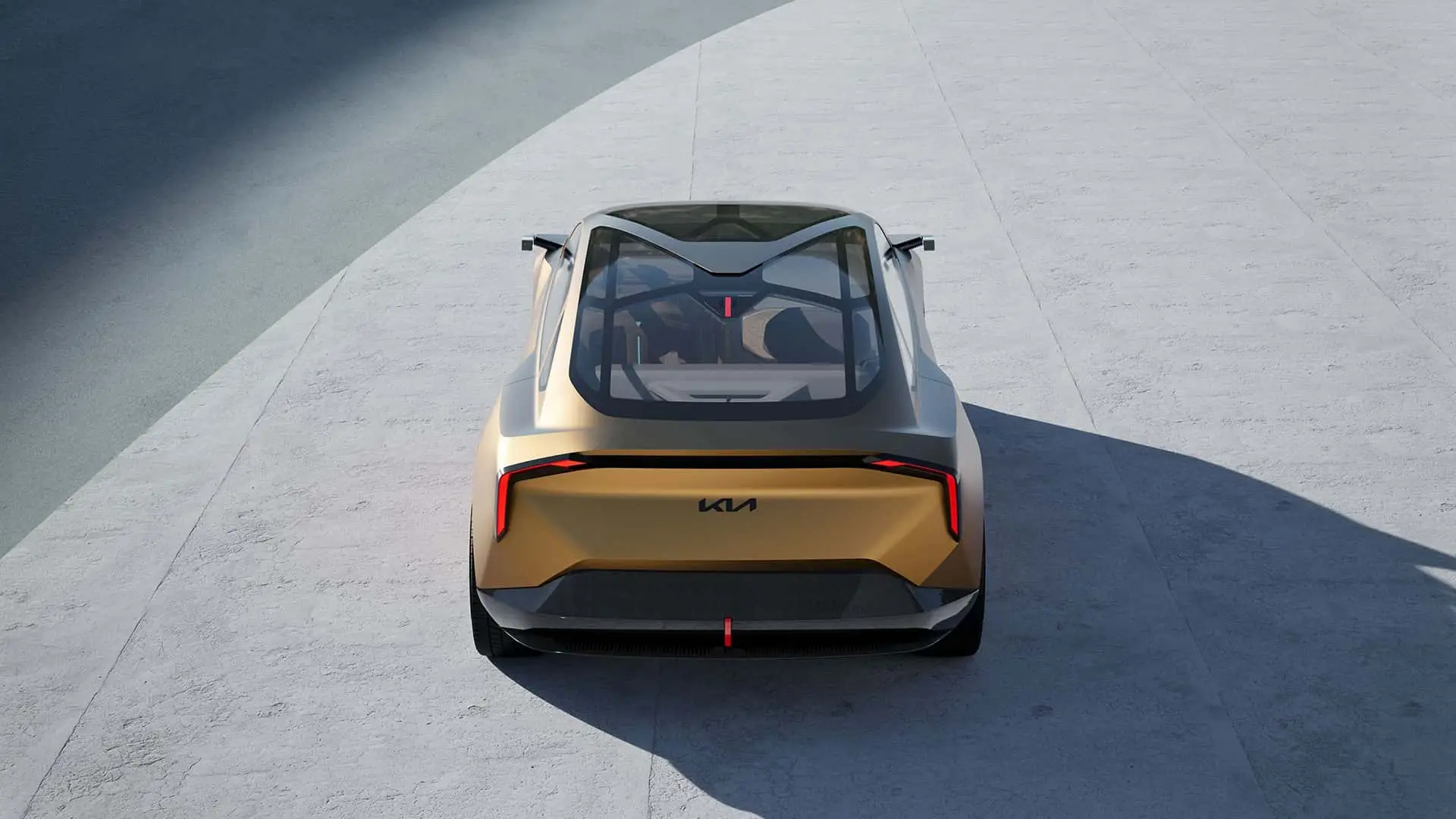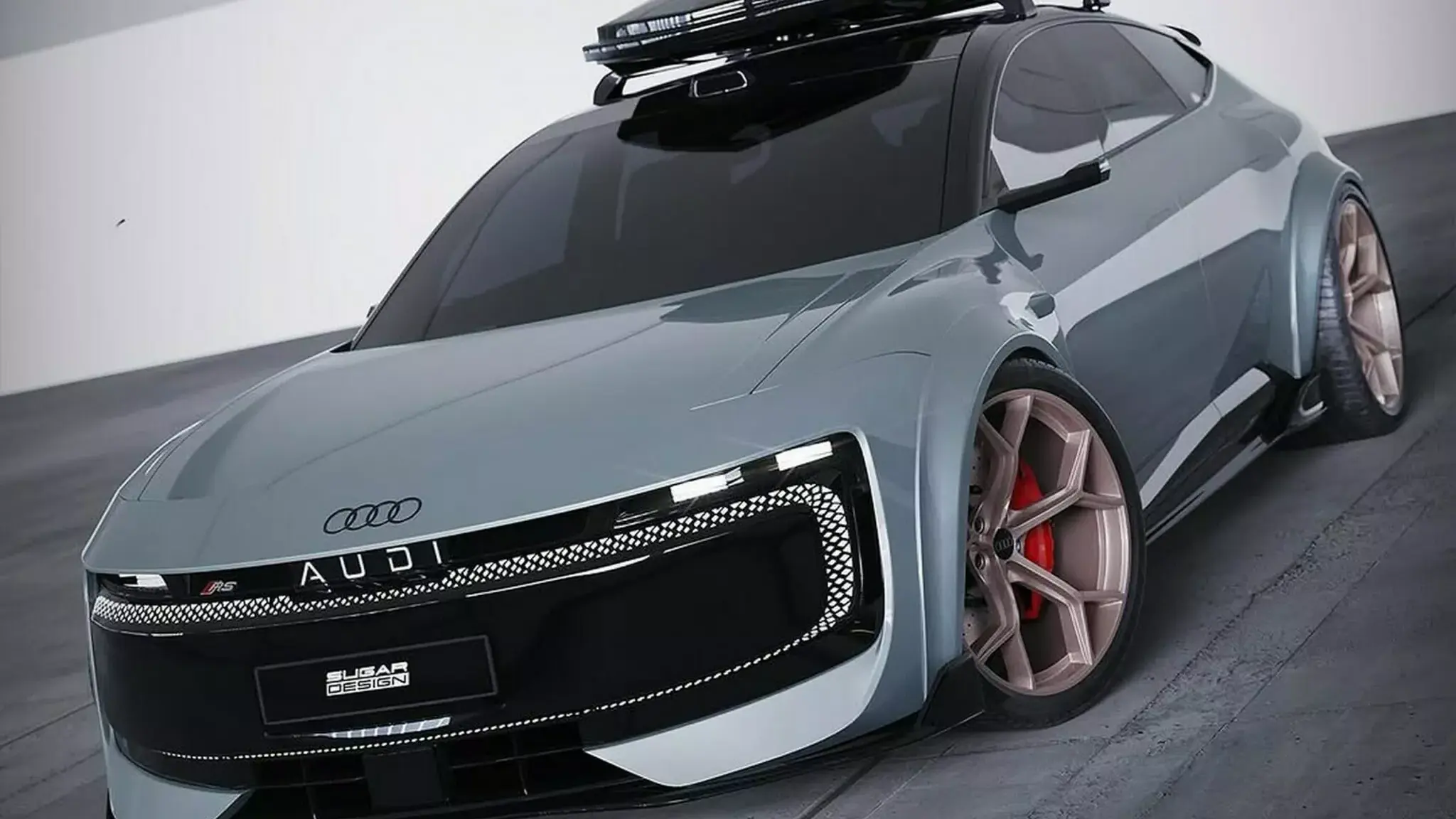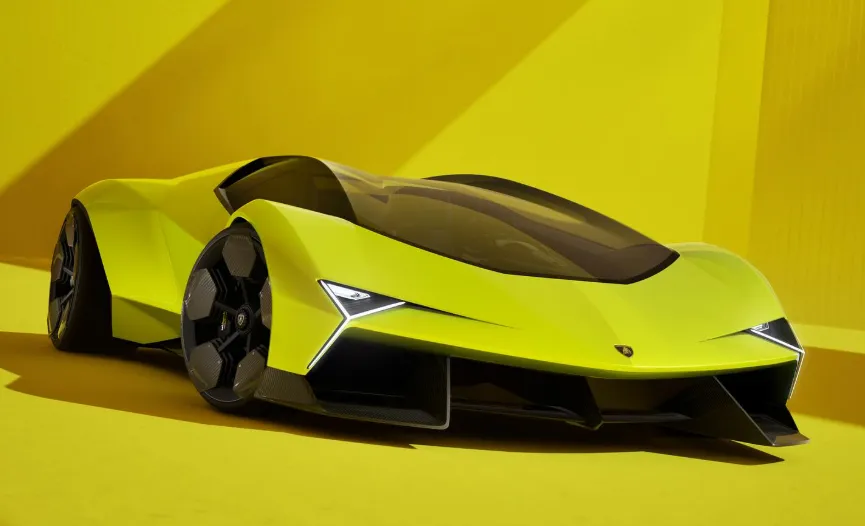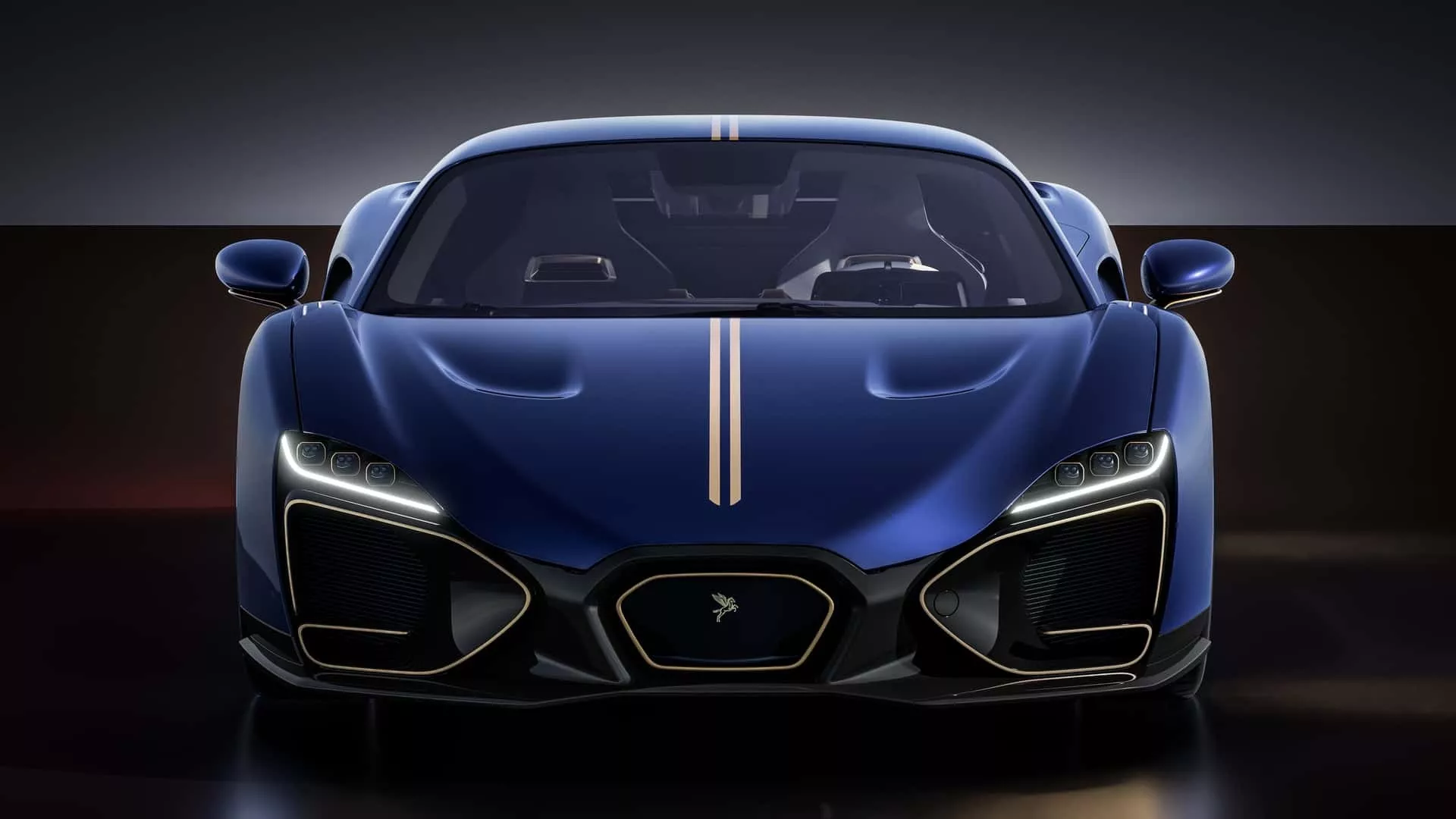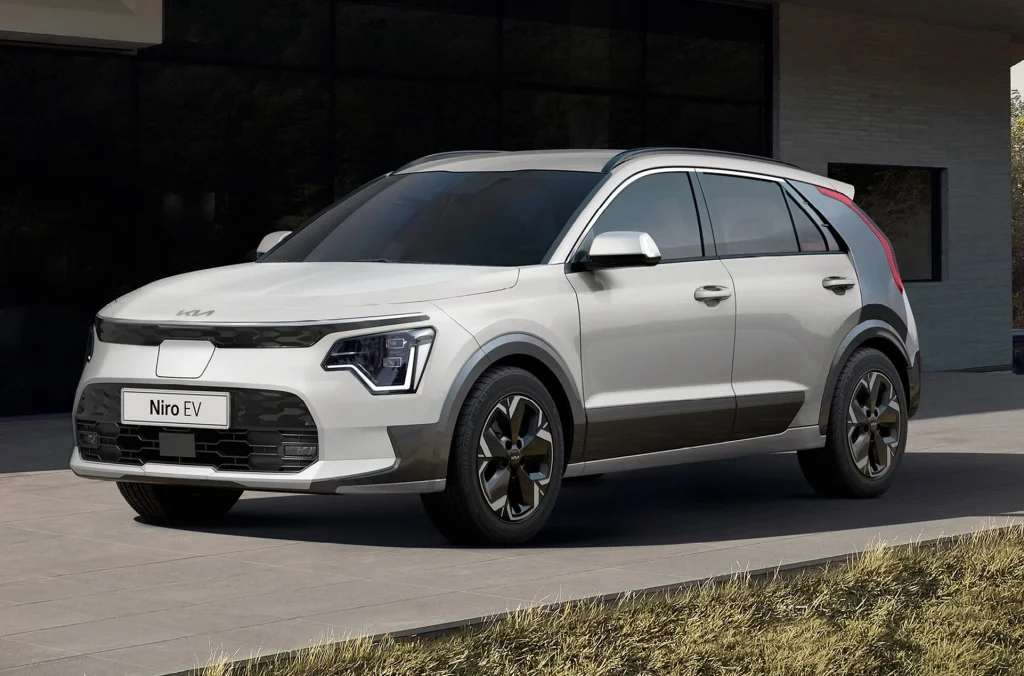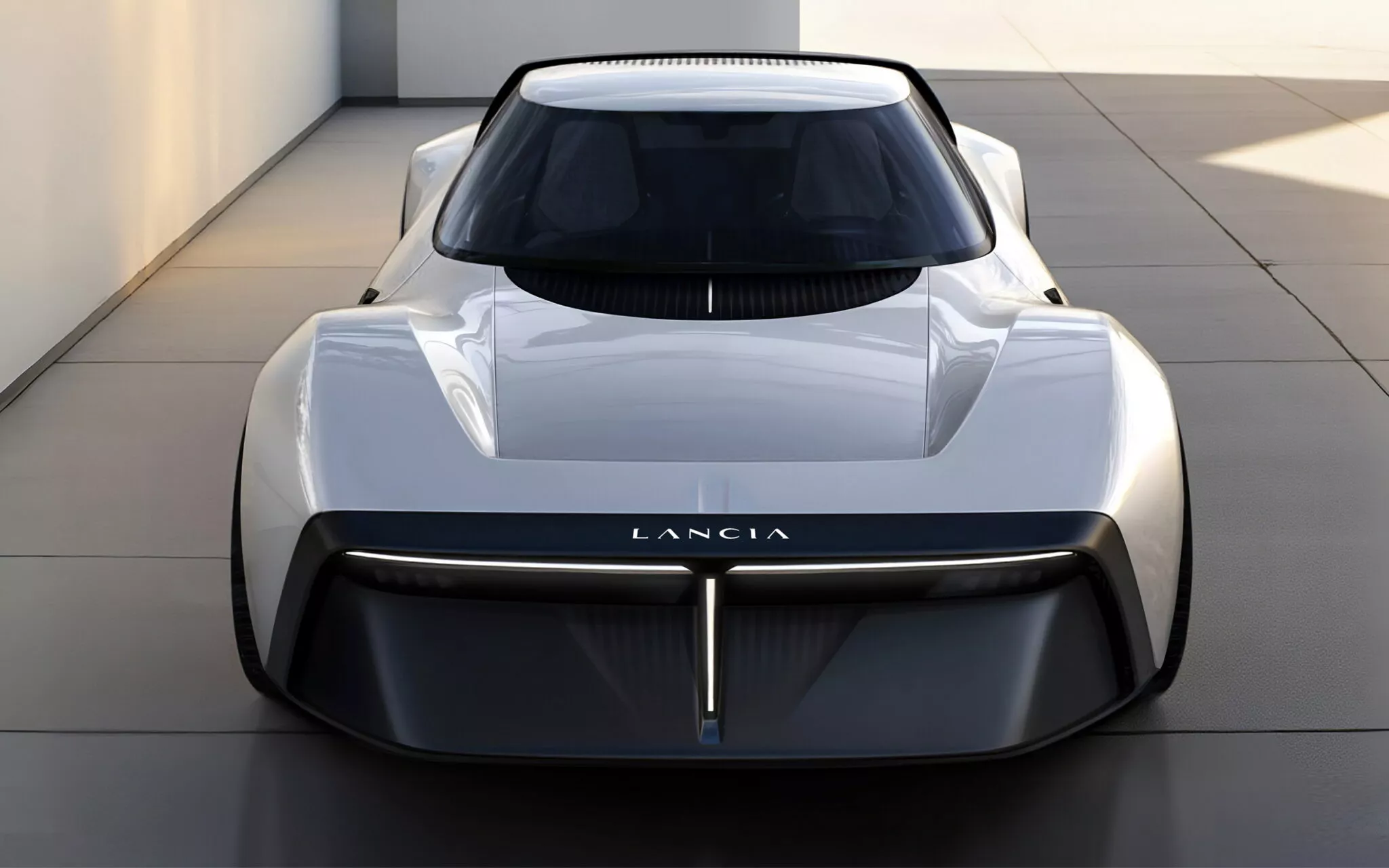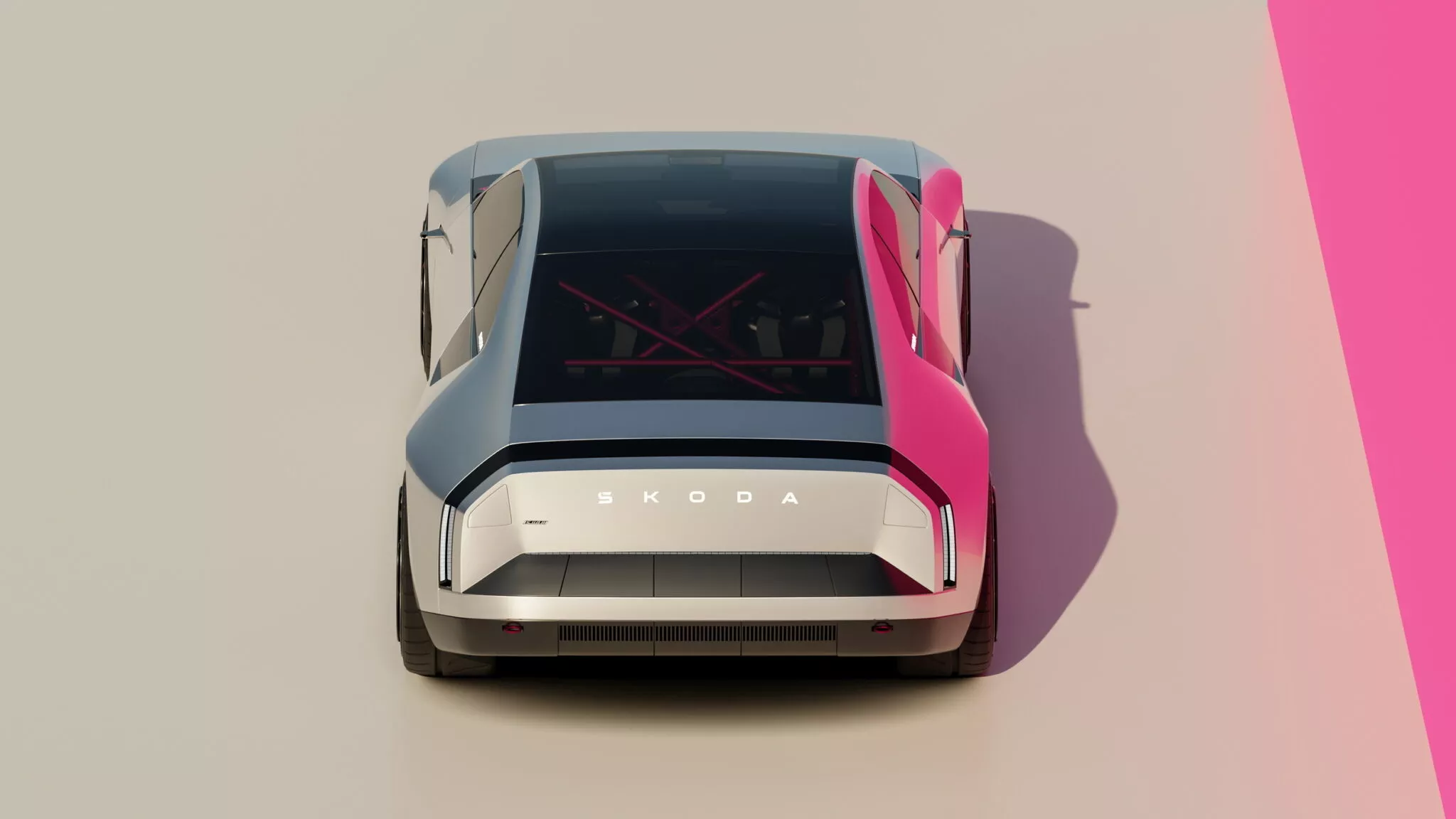Gull-wing doors and 280 hp in 1972! See the details and technical specifications of the BMW Turbo, the secret “father” of the iconic M1 supercar.
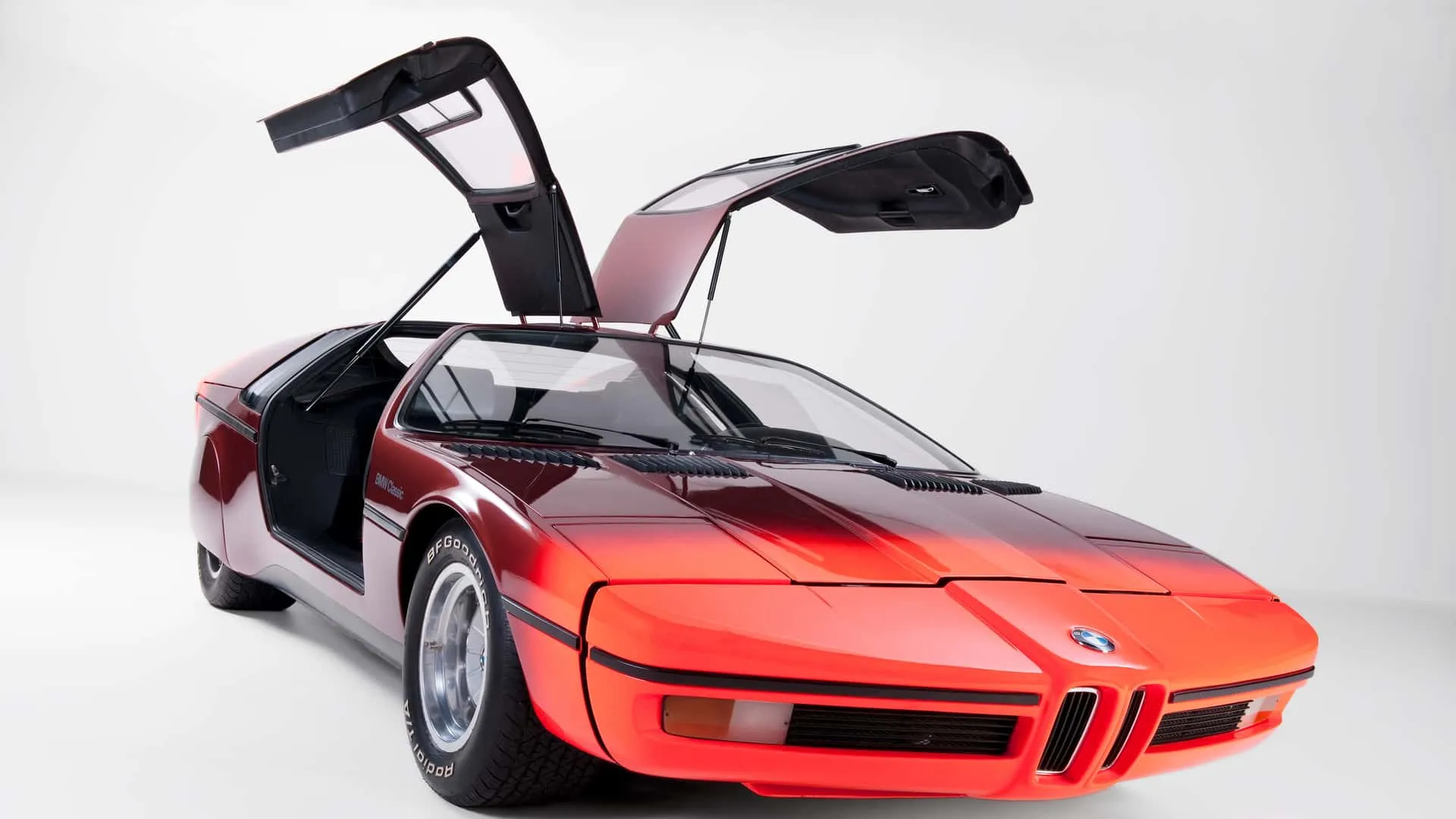
In 1972, the world’s eyes were on Munich, Germany, host of the Olympic Games. But sports were not the only thing that marked that year for Bavaria. BMW, in a bold and forward-thinking move, presented a vehicle to the public that would not only anticipate trends but would also establish itself as the progenitor of a legendary lineage: the BMW Turbo (1972), a true concept car that, with its legacy, would tell the iconic M1 decades later: “Ich bin dein Vater!” (I am your father!).
The Birth of a Legend in Munich: BMW Turbo (1972)
In the year Munich transformed into the center of global attention for the Olympic Games, BMW celebrated the occasion not only with the inauguration of its new headquarters but with the unveiling of an automobile that was simultaneously a declaration of intent and a laboratory on wheels: the BMW Turbo Concept. This was the first concept car ever built by the Bavarian brand, symbolizing a radical shift in terms of design and engineering. The two-seater coupe was not just a futuristic vision; it was a promise of innovations that would shape the future of the automotive industry, placing human beings and their safety at the center of development.
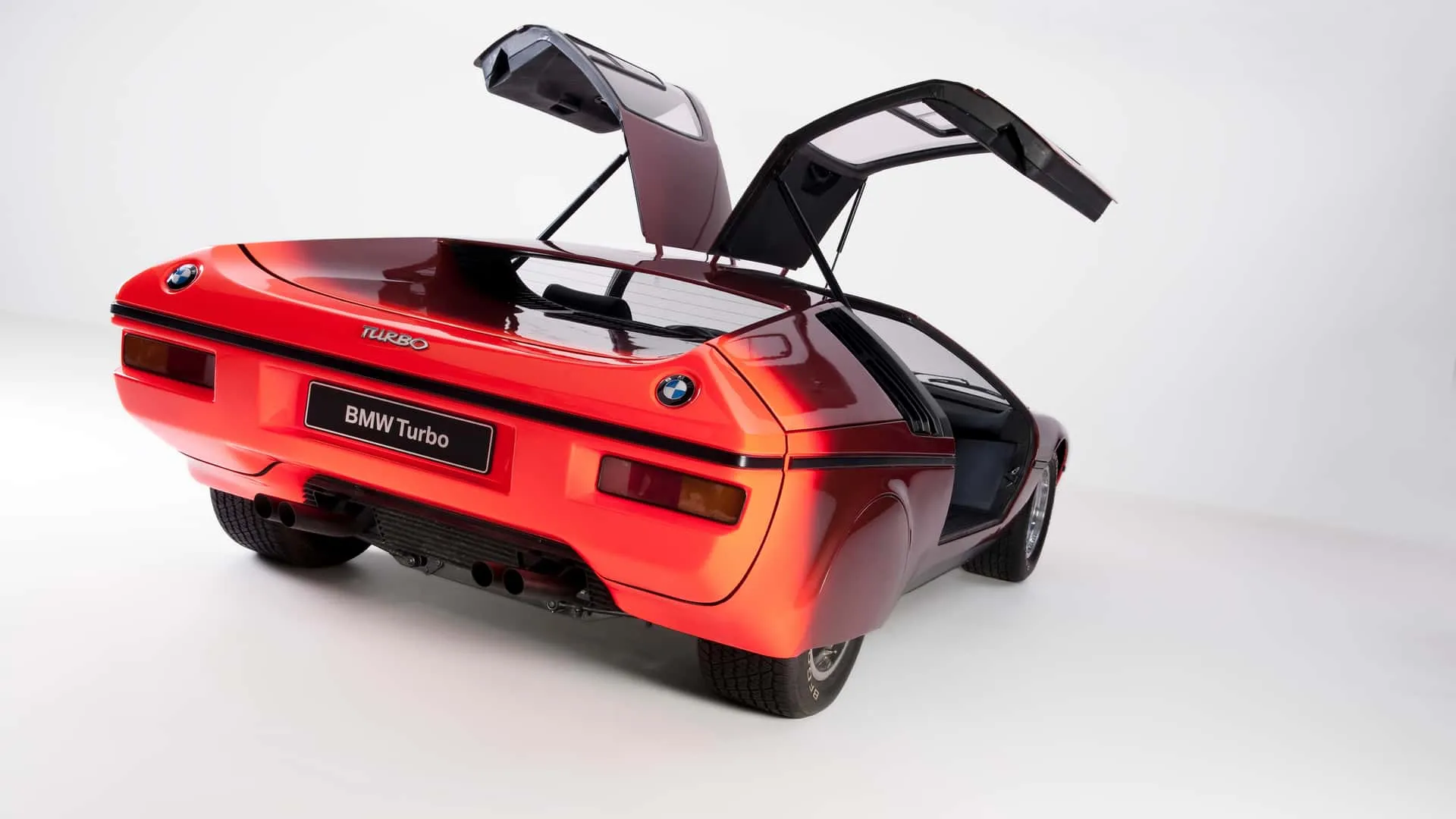
Futuristic Design and Sharp Aerodynamics
Designed by the visionary Paul Bracq, the BMW Turbo immediately captivated with its incredibly low and sharp silhouette. The striking gull-wing doors (Flügeltüren), the retractable headlights, and the inclined front with the characteristic “shark-like” twin kidney grille created an aesthetic of pure dynamism. Every line was meticulously designed to optimize aerodynamics, contributing to performance and efficiency. The vibrant color, Spektral-Diamantrot with a metallic effect, was not just an aesthetic detail; it underlined the vehicle’s high standard of safety and visibility. This focus on advanced performance and aerodynamics, even in a 70s concept, echoes in modern designs that seek maximum performance, such as what allows a McLaren 750S 2026 to reach impressive speeds with ease.
The Laboratory on Wheels: Innovations that Redefined Safety
More than just a styling exercise, the BMW Turbo 1972 functioned as a rolling laboratory for innovations in vehicle safety. During that period, the discussion about traffic safety was gaining momentum, and BMW responded with solutions that would be considered revolutionary. The vehicle incorporated systems such as ABS (Anti-lock Braking System), distance radar to prevent collisions, and lateral acceleration sensors.
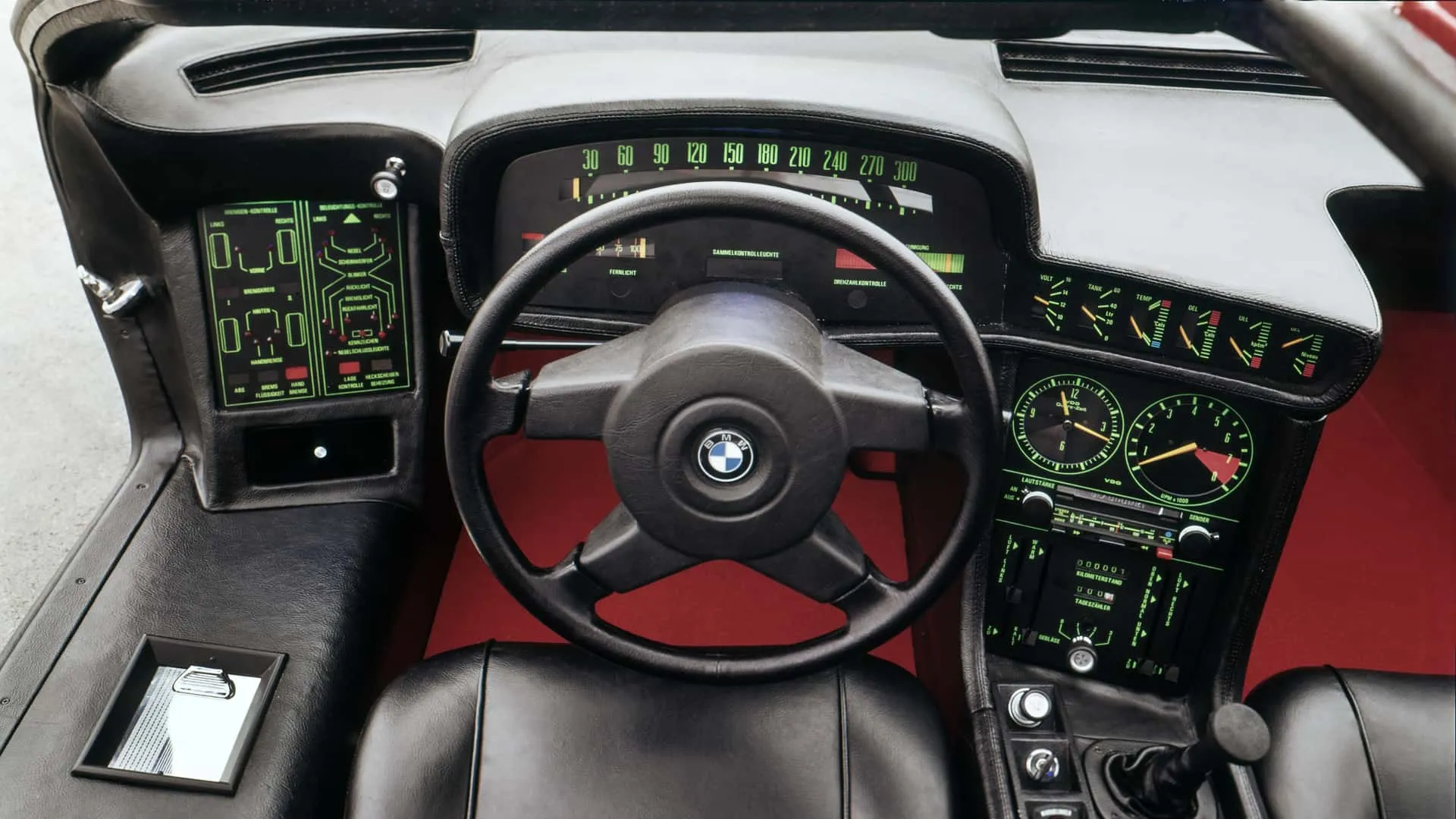
Among the most notable innovations were the automatic retractor seat belts which had an ingenious additional function: they completed the ignition circuit, ensuring that the car could only be started if the driver was properly buckled up. This concern for safety is a pillar of automotive engineering, reflected in comprehensive guides on the topic, such as the 10-step guide for maximum performance and unshakeable safety of car brakes. The Turbo’s structure also featured controlled crumple zones and hydraulic bumpers, proving that sportiness and safety could coexist harmoniously. Many of these features, especially the driver-oriented cockpit, quickly found their way into BMW’s mass-produced models.
Impressive Performance and Influence on the M1
Under the hood of the BMW Turbo was a 2.0-liter four-cylinder engine with turbocharging, based on a Series 02 power plant, mounted transversely in the center. With up to 280 horsepower, and weighing 1,272 kilograms, the car accelerated from 0 to 100 km/h in an impressive 6.6 seconds and reached a top speed of 250 km/h. This was remarkable performance for the time and demonstrated the potential of turbo engine technology, an efficiency we see today in modern systems like the Volkswagen TSI engines, known for their efficiency.
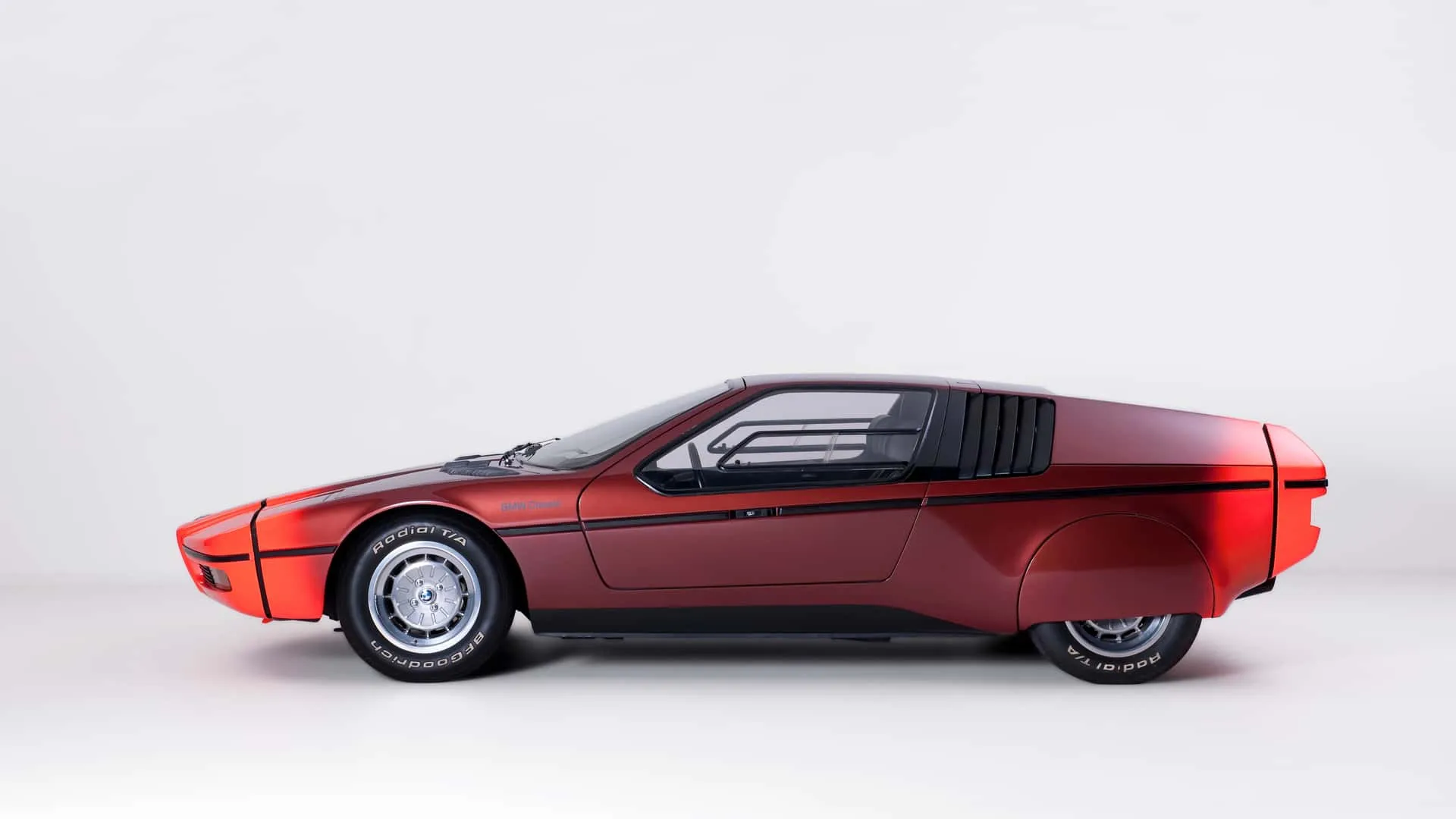
Due to immense demand for display at auto shows, a second prototype was built, featuring minor variations, such as partial covers over the rear wheels for better aerodynamics and small sliding windows in the gull-wing doors. The impact of the BMW Turbo concept car was so profound that it directly influenced the development of several subsequent brand projects, culminating in the birth of one of the most revered sports cars of all time: the BMW M1, whose heritage of performance and innovation harks back to its conceptual “father”.
Legacy and Global Presence: Where to See the BMW Turbo Today
Hailed at auto shows like Paris in 1972 and Frankfurt in 1973, the BMW Turbo continues to be a source of fascination. Today, the two remaining examples of this icon are preserved and can be admired: one at the renowned BMW Museum in Munich, Germany, and the other at the BMW Center in South Carolina, USA. They serve as a tangible reminder of BMW’s ability to innovate and influence automotive design and engineering, establishing themselves as a true milestone in automotive history. The Turbo’s avant-garde philosophy paved the way for BMW’s continuous pursuit of new frontiers, evidenced in future projects like the BMW iX3 2026, which already showcases an electrified and technology-packed future.
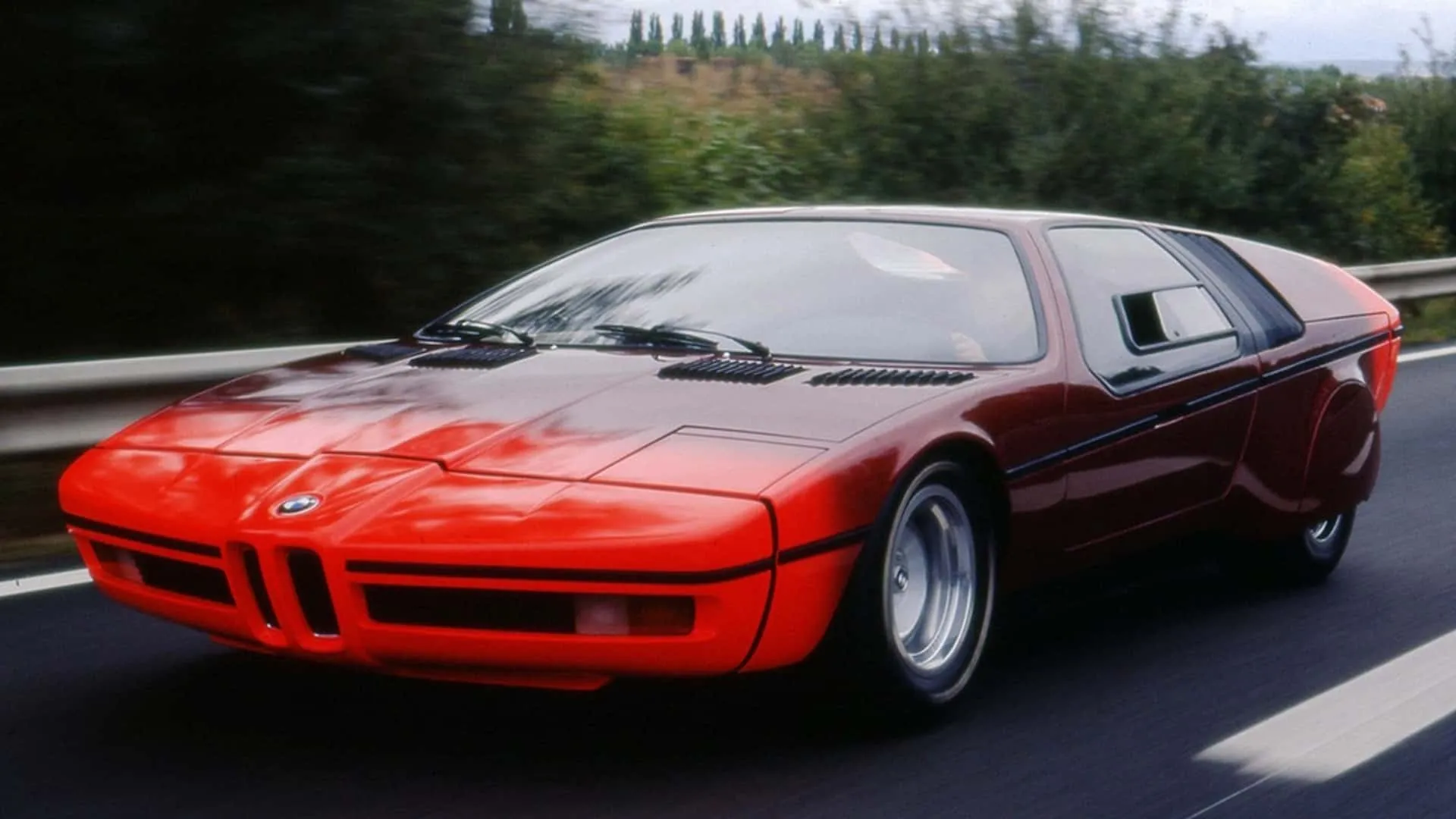
With its audacity in design and engineering, the 1972 BMW Turbo was not just a concept car; it was a statement of BMW’s vision for the future, a future we enjoy today in many aspects of safety, performance, and design in our vehicles. It is a fundamental piece that cemented the brand’s reputation as an innovative force on the global automotive scene.


